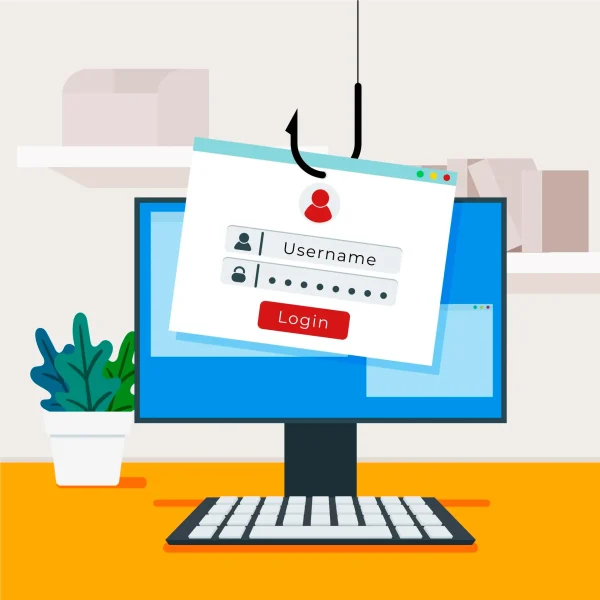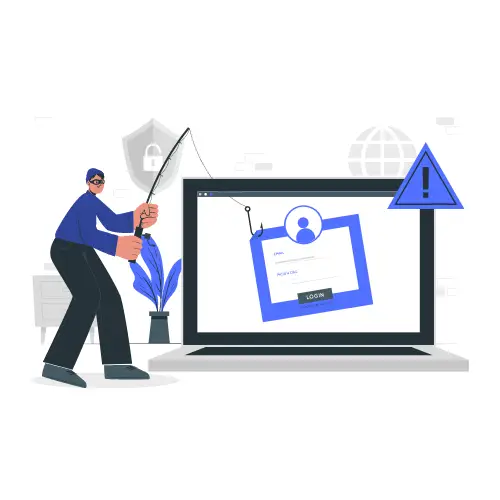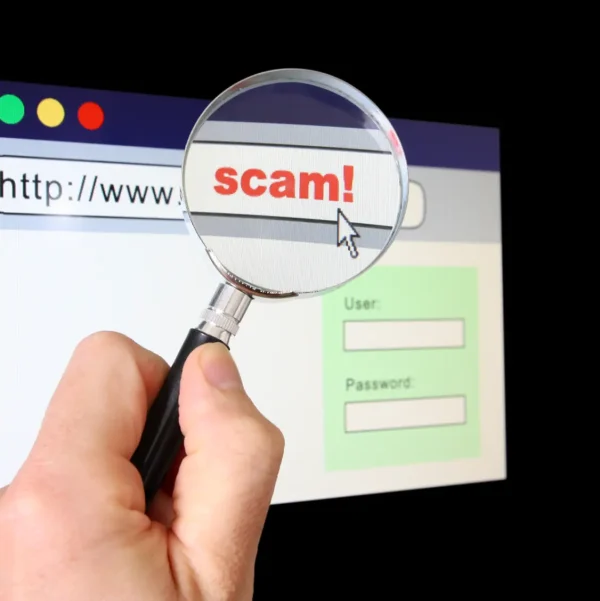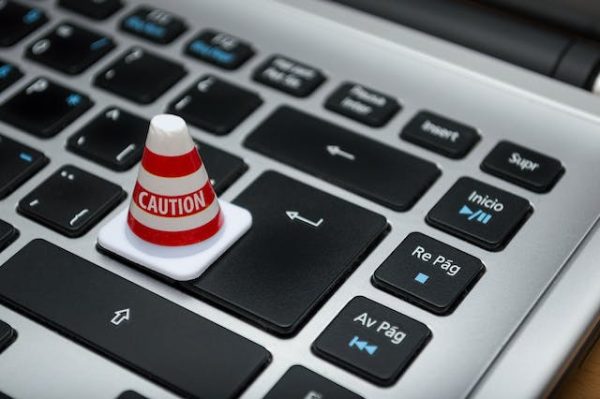Simplifying Online Threat Detection
Protect Your Brand from Fake Websites
Fake websites and phishing pages aren’t minor risks—they’re reputational and financial landmines. At Brandsec, our Website Monitoring service prevents imposters from using your brand name to deceive customers or damage trust.
Phishing Websites
Steal credentials, credit card details, or customer login data under the guise of your brand.
Malicious Domains
registered recently, typo‑squatted, or cloned—target unsuspecting users and watch for content.
Compromised Pages
host phishing kits and steal user data—often hidden under legitimate infrastructure
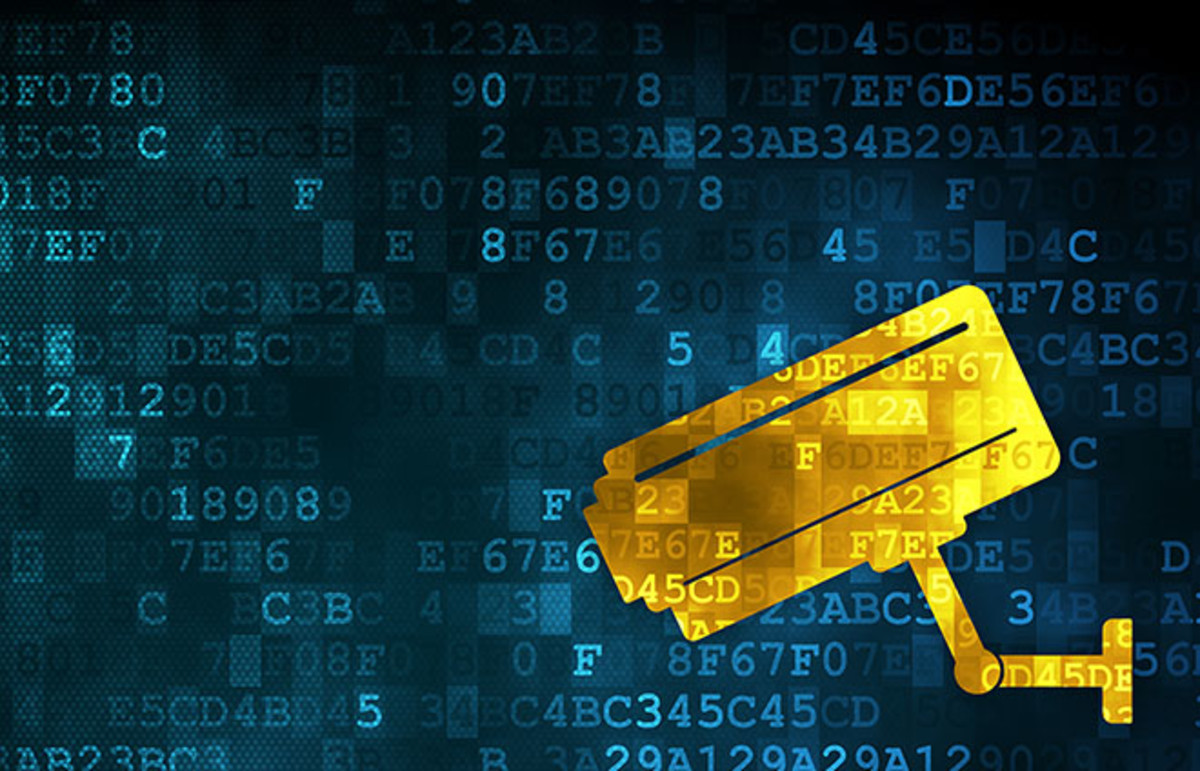
What we Monitor

Domain Based Detection
Detection of identical spelling variants of brands and suspicious domain patterns used in phishing.

Website & Infrastructure Scans
Automated scanning of URLs, hosting providers, SSL and DNS records for impostor sites or compromised assets.

Phishing Properties
Identification of phishing pages, login forms, or misleading brand use—across surface and dark web.

Threat Intelligence
Data Insights Leverages Unphish’s aggregation of global threat data from agencies, cybersecurity networks, and phishing lists.
Smart Detection to Quick Takedown
Managing SSL at scale is complex and with recent changes to an SSLs lifespan, now very time consuming to administer.

Alert & Verify We detect emergent threats in real time—review suspicious signals (DNS, hosting, design, keywords) and assess severity.

Evidence & Case Compilation Automated collection of screenshots, metadata, and matching platform Abuse Policies for precise case submission.

Targeted Enforcement Rapid submission of takedown requests across registrars, CDNs, hosting services, and legal channels using DMCA or IP frameworks.

Continuous Watchlist Tracking Once flagged, sites are enrolled in watchlists to catch relaunch attempts, mirrored copies, or new domains mimicking your brand.
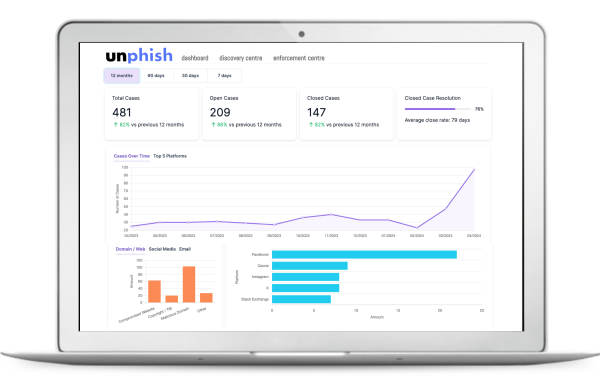
Outcomes for Brands

Risk Reduction Unauthorized websites are identified and disabled before harm is done

Faster Takedowns AI-driven workflows and expert case handling reduce response time

Reputation Control Keeps your brand trusted and your customers safe

Ongoing Vigilance Continuous scans detect and mitigate future threats
Website Monitoring: Shut Down Fake Websites
The proliferation of fake websites poses a significant threat to brands of all sizes. These deceptive sites often mimic legitimate businesses, leading to brand reputation damage, financial losses, and erosion of consumer trust. At Brandsec, we understand the critical importance of protecting your brand from such malicious activities. Our comprehensive approach to brand protection involves proactive monitoring, swift identification, and effective takedown of fake websites.
Phishing Websites
Phishing websites are deceptive online platforms designed to trick users into divulging sensitive information such as usernames, passwords, credit card numbers, and other personal data. These sites often masquerade as legitimate websites, mimicking the look and feel of well-known brands, financial institutions, or online services to lure unsuspecting victims into a false sense of security.
The primary goal of phishing websites is to harvest confidential information for malicious purposes, including identity theft, financial fraud, and unauthorized access to accounts. As the sophistication of these fraudulent sites increases, it becomes increasingly important for brands and internet users to recognize the signs of phishing and understand how to protect themselves from such cyber threats.
Phishing Website Detection
Detecting phishing websites is crucial in combating cybercrime, and brandsec leverages various threat intelligence sources to enhance this process. We utilize several comprehensive database of known phishing sites, along with advanced machine learning to identify and block suspicious URLs. By continuously updating its threat intelligence from multiple sources, We can quickly adapt to emerging threats and provide real-time protection against phishing attempts.
Unphish’s detection capabilities extend beyond traditional methods by incorporating data from cybersecurity firms, government agencies, and global threat intelligence networks. This multi-source approach ensures a broad and up-to-date understanding of the phishing landscape. By combining sophisticated technology with diverse threat intelligence sources, we offer robust protection against phishing websites
Malicous Domain Registrations
Malicious domain names are created with the intent to host phishing content, deceive users, and steal sensitive information. Cybercriminals use these domains to impersonate legitimate brands, leading to significant financial and reputational damage. Key signals for malicous domain names include:
Recently Registered Domain Names: Domains that have been registered within the past few days or weeks are often used in phishing schemes.
Misspellings and Typos: Domains that mimic legitimate brand names but contain slight misspellings or typos (e.g., ‘arnazon.com’ instead of ‘amazon.com’).
Imitation of Legitimate Websites. Domains that closely resemble well-known websites in design and content, aimed at deceiving users into providing personal information.
Compromised Websites
Compromised websites present a serious challenge for brand protection, as cybercriminals exploit vulnerabilities in legitimate sites to host malicious content. This not only endangers users but also tarnishes the reputation of the affected brands. Getting compromised website content removed is often fraught with difficulties, including unresponsive website hosts, complex legal jurisdictions, and the need for technical expertise.
At Brandsec, we have years of experience navigating these challenges. Our team is adept at working with website hosts, ISPs, and website owners to ensure that infringing content is swiftly and effectively removed. With our proven track record and comprehensive approach, we quickly removed brand damaging content and shutdown compromised websites vulnerabilities.
Copyright Infringements
Unauthorised use of your content—whether it’s images, videos, copy, or product descriptions—can damage your brand, dilute your IP, and drive traffic away from your legitimate channels.
At Brandsec, we proactively monitor websites, social platforms, marketplaces, and app stores for copyright misuse. Once infringement is detected, we collect the necessary evidence and initiate takedown actions through DMCA processes, platform policies, or legal enforcement channels.
Our team handles the entire process—from discovery to removal—ensuring your creative assets stay protected and your brand remains in control of its content online.
Our




